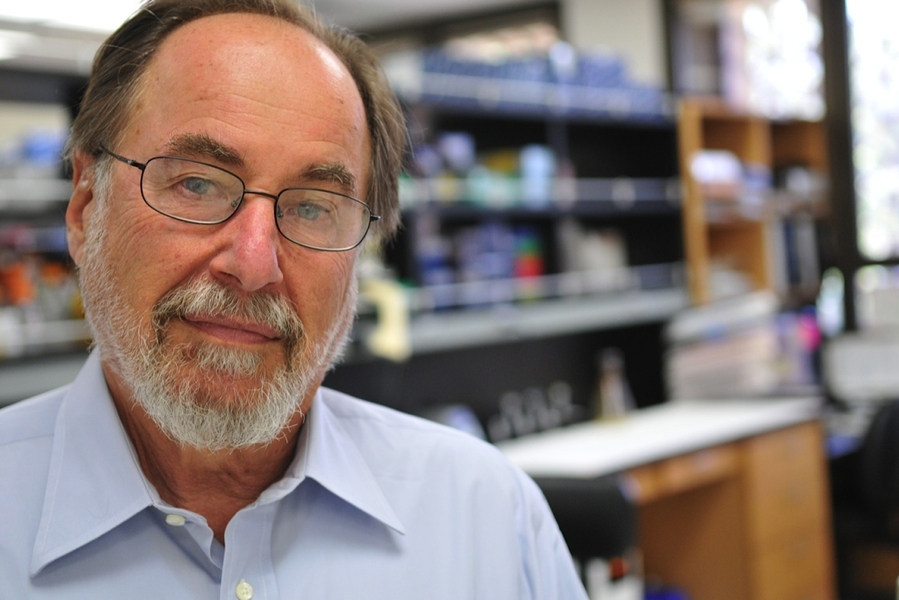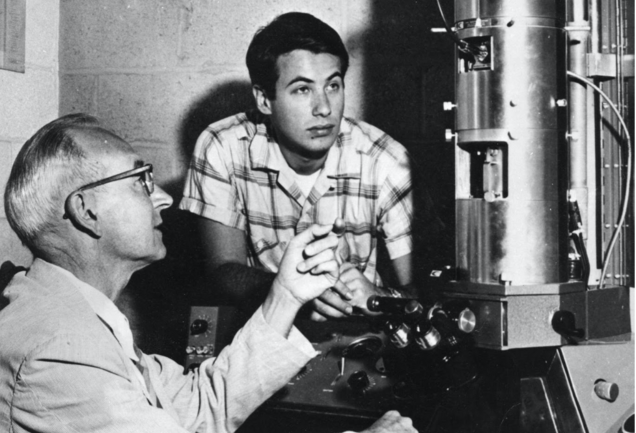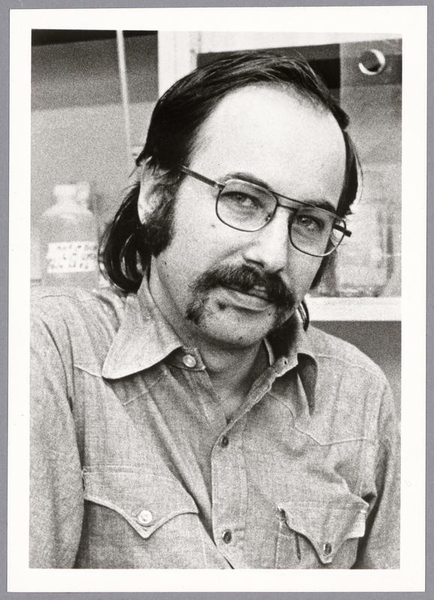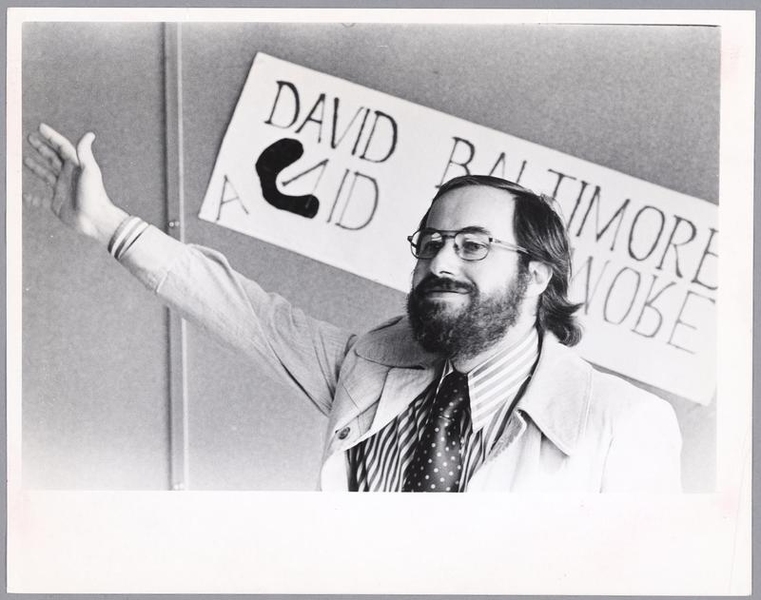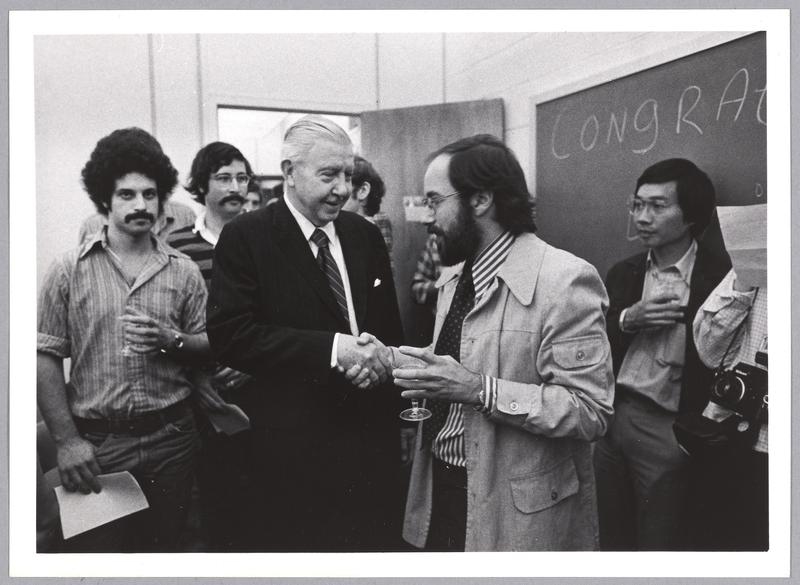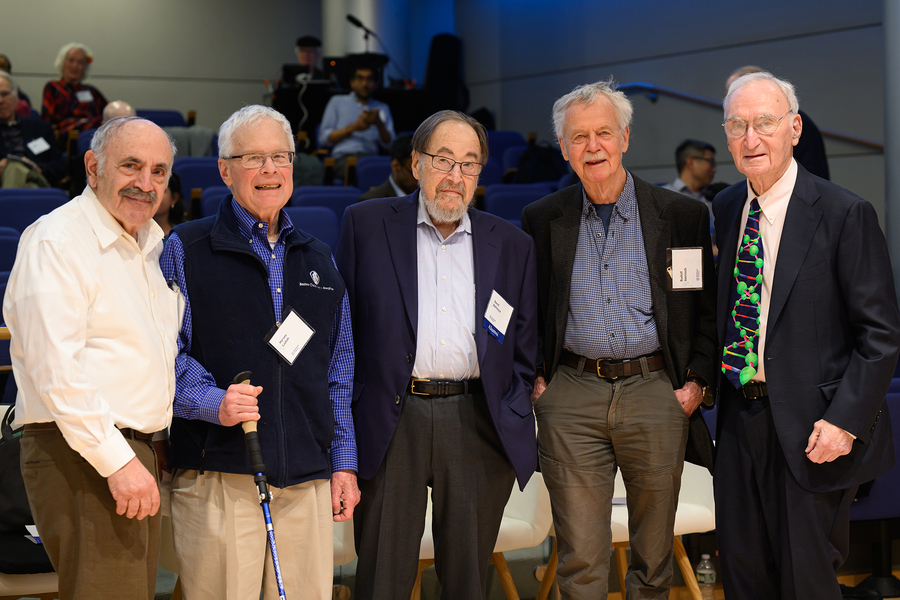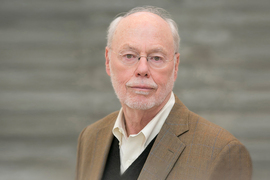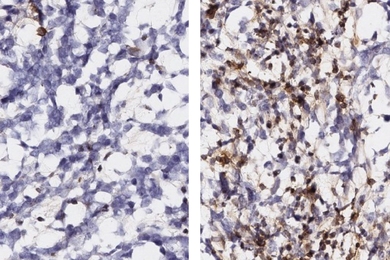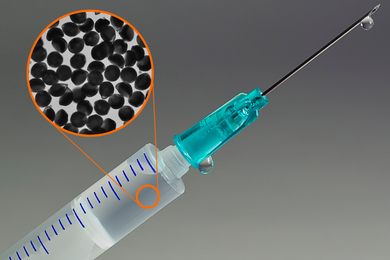The Whitehead Institute for Biomedical Research fondly remembers its founding director, David Baltimore, a former MIT Institute Professor and Nobel laureate who died Sept. 6 at age 87.
With discovery after discovery, Baltimore brought to light key features of biology with direct implications for human health. His work at MIT earned him a share of the 1975 Nobel Prize in Physiology or Medicine (along with Howard Temin and Renato Dulbecco) for discovering reverse transcriptase and identifying retroviruses, which use RNA to synthesize viral DNA.
Following the award, Baltimore reoriented his laboratory’s focus to pursue a mix of immunology and virology. Among the lab’s most significant subsequent discoveries were the identification of a pair of proteins that play an essential role in enabling the immune system to create antibodies for so many different molecules, and investigations into how certain viruses can cause cell transformation and cancer. Work from Baltimore’s lab also helped lead to the development of the important cancer drug Gleevec — the first small molecule to target an oncoprotein inside of cells.
In 1982, Baltimore partnered with philanthropist Edwin C. “Jack” Whitehead to conceive and launch the Whitehead Institute and then served as its founding director until 1990. Within a decade of its founding, the Baltimore-led Whitehead Institute was named the world’s top research institution in molecular biology and genetics.
“More than 40 years later, Whitehead Institute is thriving, still guided by the strategic vision that David Baltimore and Jack Whitehead articulated,” says Phillip Sharp, MIT Institute Professor Emeritus, former Whitehead board member, and fellow Nobel laureate. “Of all David’s myriad and significant contributions to science, his role in building the first independent biomedical research institute associated with MIT and guiding it to extraordinary success may well prove to have had the broadest and longest-term impact.”
Ruth Lehmann, director and president of the Whitehead Institute, and professor of biology at MIT, says: “I, like many others, owe my career to David Baltimore. He recruited me to Whitehead Institute and MIT in 1988 as a faculty member, taking a risk on an unproven, freshly-minted PhD graduate from Germany. As director, David was incredibly skilled at bringing together talented scientists at different stages of their careers and facilitating their collaboration so that the whole would be greater than the sum of its parts. This approach remains a core strength of Whitehead Institute.”
As part of the Whitehead Institute’s mission to cultivate the next generation of scientific leaders, Baltimore founded the Whitehead Fellows program, which provides extraordinarily talented recent PhD and MD graduates with the opportunity to launch their own labs, rather than to go into traditional postdoctoral positions. The program has been a huge success, with former fellows going on to excel as leaders in research, education, and industry.
David Page, MIT professor of biology, Whitehead Institute member, and former director who was the Whitehead's first fellow, recalls, “David was both an amazing scientist and a peerless leader of aspiring scientists. The launching of the Whitehead Fellows program reflected his recipe for institutional success: gather up the resources to allow young scientists to realize their dreams, recruit with an eye toward potential for outsized impact, and quietly mentor and support without taking credit for others’ successes — all while treating junior colleagues as equals. It is a beautiful strategy that David designed and executed magnificently.”
Sally Kornbluth, president of MIT and a member of the Whitehead Institute Board of Directors, says that “David was a scientific hero for so many. He was one of those remarkable individuals who could make stellar scientific breakthroughs and lead major institutions with extreme thoughtfulness and grace. He will be missed by the whole scientific community.”
“David was a wise giant. He was brilliant. He was an extraordinarily effective, ethical leader and institution builder who influenced and inspired generations of scientists and premier institutions,” says Susan Whitehead, member of the board of directors and daughter of Jack Whitehead.
Gerald R. Fink, the Margaret and Herman Sokol Professor Emeritus at MIT who was recruited by Baltimore from Cornell University as one of four founding members of the Whitehead Institute, and who succeeded him as director in 1990, observes: “David became my hero and friend. He upheld the highest scientific ideals and instilled trust and admiration in all around him.”
David Baltimore - Infinite History (2010)
Video: MIT | Watch with transcript
Baltimore was born in New York City in 1938. His scientific career began at Swarthmore College, where he earned a bachelor’s degree with high honors in chemistry in 1960. He then began doctoral studies in biophysics at MIT, but in 1961 shifted his focus to animal viruses and moved to what is now the Rockefeller University, where he did his thesis work in the lab of Richard Franklin.
After completing postdoctoral fellowships with James Darnell at MIT and Jerard Hurwitz at the Albert Einstein College of Medicine, Baltimore launched his own lab at the Salk Institute for Biological Studies from 1965 to 1968. Then, in 1968, he returned to MIT as a member of its biology faculty, where he remained until 1990. (Whitehead Institute’s members hold parallel appointments as faculty in the MIT Department of Biology.)
In 1990, Baltimore left the Whitehead Institute and MIT to become the president of Rockefeller University. He returned to MIT from 1994 to 1997, serving as an Institute Professor, after which he was named president of Caltech. Baltimore held that position until 2006, when he was elected to a three-year term as president of the American Association for the Advancement of Science.
For decades, Baltimore has been viewed not just as a brilliant scientist and talented academic leader, but also as a wise counsel to the scientific community. For example, he helped organize the 1975 Asilomar Conference on Recombinant DNA, which created stringent safety guidelines for the study and use of recombinant DNA technology. He played a leadership role in the development of policies on AIDS research and treatment, and on genomic editing. Serving as an advisor to both organizations and individual scientists, he helped to shape the strategic direction of dozens of institutions and to advance the careers of generations of researchers. As Founding Member Robert Weinberg summarizes it, “He had no tolerance for nonsense and weak science.”
In 2023, the Whitehead Institute established the endowed David Baltimore Chair in Biomedical Research, honoring Baltimore’s six decades of scientific, academic, and policy leadership and his impact on advancing innovative basic biomedical research.
“David was a visionary leader in science and the institutions that sustain it. He devoted his career to advancing scientific knowledge and strengthening the communities that make discovery possible, and his leadership of Whitehead Institute exemplified this,” says Richard Young, MIT professor of biology and Whitehead Institute member. “David approached life with keen observation, boundless curiosity, and a gift for insight that made him both a brilliant scientist and a delightful companion. His commitment to mentoring and supporting young scientists left a lasting legacy, inspiring the next generation to pursue impactful contributions to biomedical research. Many of us found in him not only a mentor and role model, but also a steadfast friend whose presence enriched our lives and whose absence will be profoundly felt.”
